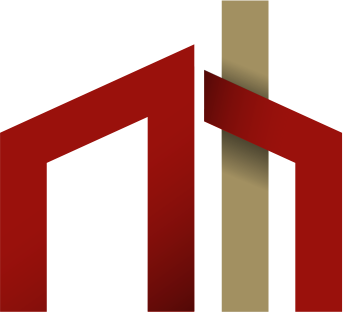Leaseholders
All you need to know about managing your home.
Subletting
You’re allowed to sublet your home, but you need to get written permission from us first.
It’s important to remember that if you sublet your home, you’re still the legal owner and so remain responsible for maintenance, as well as for the behaviour of your tenant and any service charges.
If you’re interested in subletting, please email us at nlmha.leaseholders@nlmha.com
Home improvements
You’re free to decorate and make cosmetic improvements to your home. This includes plastering, painting, putting up shelves, replacing kitchen cupboards and getting new appliances.
Major changes
Any value you add to your property through larger home improvements belongs to you: eg from adding a conservatory or extension to your home.
However, for most major works you need to get our permission before doing the work. Your lease details the changes you can make to your property. Examples of work needing permission include:
• structural changes or work to the outside of your home
• anything that affects your water, gas or electric supplies
• reconfiguring your kitchen or bathroom
• fitting new windows
• fitting laminate, wood or tiled flooring.
Defects in a new home
New-build properties sometimes have minor defects – small faults or “snags” that need fixing after you move in – such as doors that stick or don’t close properly. If these occur within an initial defects period we’re responsible for repairing them.
Repairs
You’re responsible for maintaining and repairing the inside of your property (including fixtures, fittings and any goods you bring into your home) as well as looking after your garden. This means you have to look after things like:
• interior decoration
• central heating boilers and radiators
• kitchen appliances such as fridges and freezers
• internal doors, door handles and locks
• plumbing and blockages.
We’re responsible for communal areas and the structure of your property. We’ll look after:
• communal plumbing heating, electrics and fire safety
• communal areas, like entrances or lifts roofs
• gutters and drains
• keeping your home or building secure and weatherproof.
Your lease and contract detail your specific repair rights and responsibilities.
EWS1 fire safety forms
In 2020, the government issued revised guidance on building safety standards for flats within apartment blocks. As a result, buildings of any height are now potentially in scope for requiring the EWS1 (external wall system) form devised by the Royal Institution of Chartered Surveyors (RICS).
EWS1 certification requires a new assessment of the building by a qualified, independent professional to establish if the external wall system meets the new fire risk standards, or whether remedial work is needed.
EWS1 forms are not a legal requirement, but some lenders require one before they’ll offer a mortgage.
As a result, the form may apply to you if you live in an apartment block and want to sell or remortgage your home. EWS1 forms only apply to flats.

